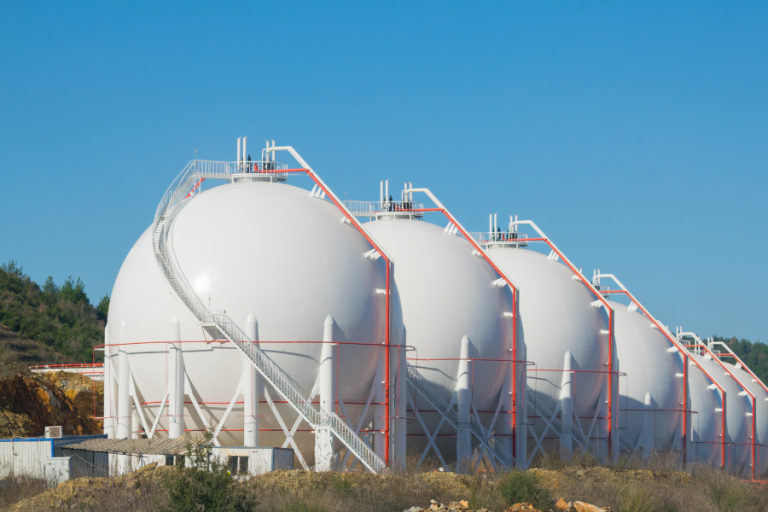For many British companies, from fuel distributors to agricultural co-operatives, selecting the right storage solution is a critical operational decision. Whether the objective is to store fuel, fertilisers, chemicals or process water, the tank must be both robust and compliant with industry regulations. While vertical tanks often come to mind, the horizontal steel tank has emerged as a particularly versatile alternative. Designed with a low centre of gravity and a wide range of installation options—including underground use—it offers flexibility, safety and long-term reliability for varied business needs.
For many British companies, from fuel distributors to agricultural co-operatives, selecting the right storage solution is a critical operational decision. Whether the objective is to store fuel, fertilisers, chemicals or process water, the tank must be both robust and compliant with industry regulations. While vertical tanks often come to mind, the horizontal steel tank has emerged as a particularly versatile alternative. Designed with a low centre of gravity and a wide range of installation options—including underground use—it offers flexibility, safety and long-term reliability for varied business needs.
Benefits of above-ground horizontal tanks
Above-ground horizontal tanks are a practical choice for facilities with sufficient surface space and a preference for accessibility. Their low-profile form simplifies filling, inspection and maintenance, which is particularly advantageous in fleet yards, workshops, or construction sites. These tanks can be mounted on steel skids, saddles or cradles, making them easy to relocate when operational needs change. Companies also benefit from custom features such as bunding, safety railings, heating elements and digital monitoring systems, which improve compliance and reduce the risk of unplanned downtime.
When underground tanks are the better fit
In settings where surface space is limited or visual impact needs to be minimised—such as forecourts, business parks or heritage areas—underground horizontal tanks are often the better solution. Installed beneath green areas, these tanks remain out of sight and protected from external impacts or vandalism. With proper corrosion protection applied—such as multi-layer external coatings and cathodic protection systems—they offer decades of service life even in challenging soil conditions. This underground design is ideal for petrol stations, airports, and industrial plants where safety, space efficiency and aesthetics all matter.
Corrosion protection tailored to British conditions
The UK’s humid climate and varying soil acidity make corrosion protection an essential feature of any steel tank installation. All horizontal tanks—whether above or underground—should be manufactured using carbon steel that has been treated with external coatings such as bituminous enamel, epoxy resin or fibreglass-reinforced laminate. Internal linings are also applied when the tank will store aggressive media. This approach ensures resistance to rust, chemical attack and mechanical wear. Unlike stainless steel, which can significantly raise project costs, corrosion-protected carbon steel delivers the performance and durability British businesses expect—without overspending.
Typical business applications across industries
A wide range of industries in the UK rely on horizontal tanks for day-to-day operations. Fuel suppliers use both above-ground and underground variants for diesel, petrol, or LPG. Farmers store liquid fertiliser, slurry or water in tanks positioned beside fields or buried below barns. Civil engineering firms depend on temporary above-ground tanks during infrastructure works, while chemical producers require underground tanks to reduce fire risk and save yard space. With capacities ranging from a few thousand to several hundred thousand litres, these tanks are scalable and adaptable to almost any commercial scenario.
Choosing a supplier who understands your sector
Finding a manufacturer who can provide a custom solution—rather than a one-size-fits-all product—is essential for long-term performance and regulatory compliance. A reliable supplier should not only offer both above-ground and underground variants, but also help businesses choose correct materials, anti-corrosion systems, fittings, and testing protocols. Whether it’s a tank for fleet fuelling, slurry storage or industrial process liquids, UK-based firms benefit from partnering with a company that understands local environmental regulations and installation conditions. Choosing the right horizontal steel tank starts with a conversation about your business goals, site limitations and operating conditions.



